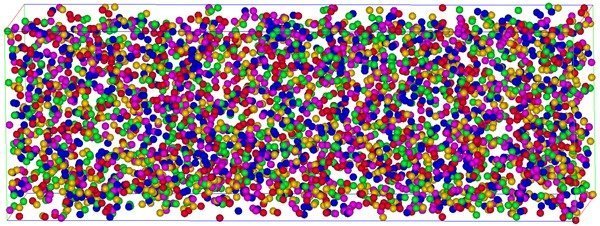ZnO is a wide band gap semiconductor which is of interest to such diverse areas of application as passivation layers on steel surfaces, catalysis, corrosion, adhesion, gas sensing, and micro- or optoelectronics. Understanding the surface structure and stoichiometry is of high practical interest and essential for any of the mentioned applications…


